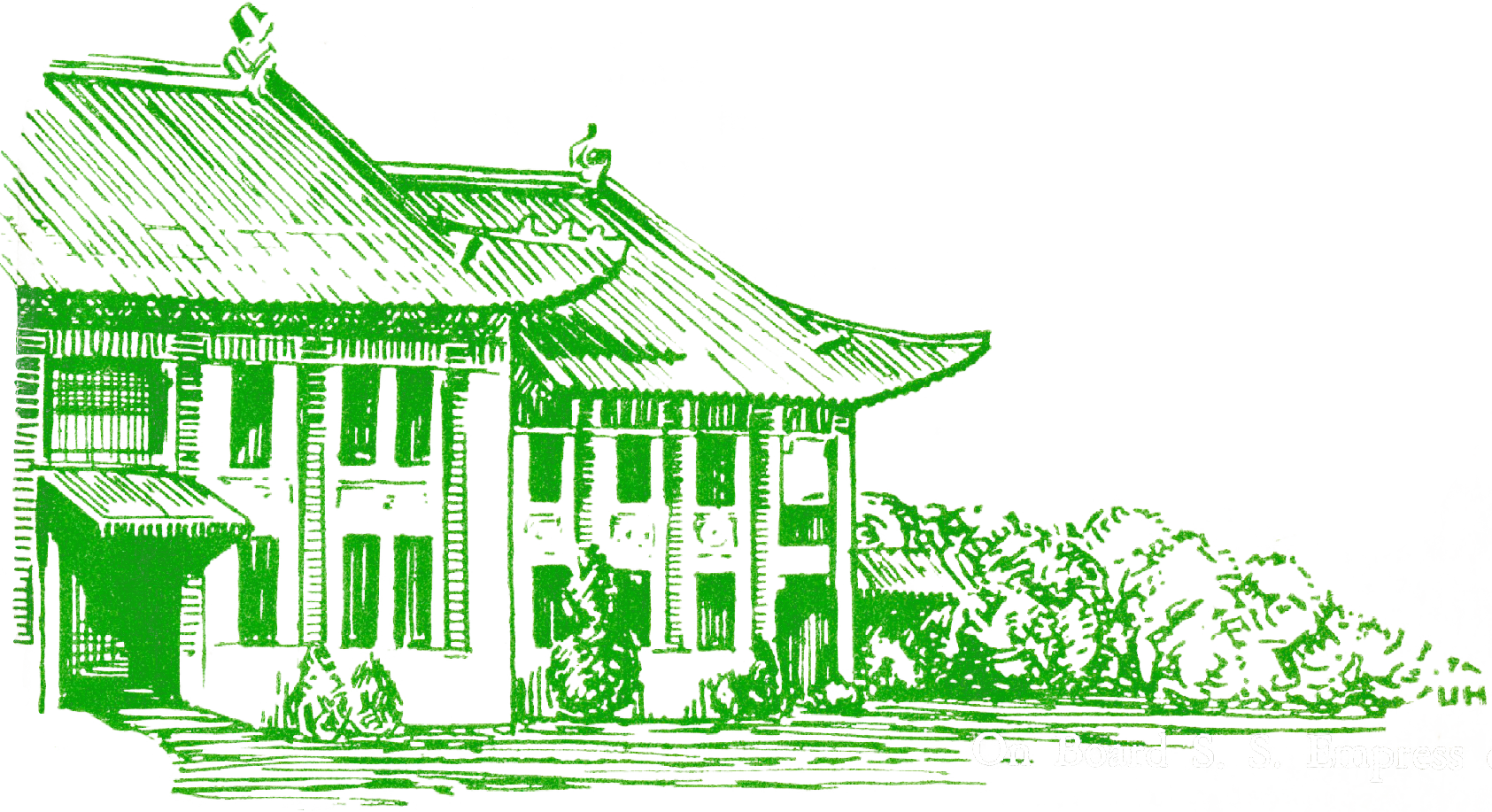Chinese Government in 1927
Following the fall of the Qing Dynasty in 1912, there was little political stability. Immediately after the fall, the KMT took power with Sun Yat-sen as the president. In 1915, Yuan Shikai became president. However, Yuan slowly accumulated more power and declared himself emperor in 1915. Following his abdication only 83 days later, there were several more coup d'etats, ranging from those intending to create a republic to even a restoration attempt of the Qing Empire.
The death of Sun Yat-sen (the founder of the Nationalist movement) in 1925 began the bitter struggle for the leadership of the nationalist movement, By 1927, the movement was in utter chaos. The party was divided between “Centerists” in Nanking and “the Left-Kuomintang,” who were allied with Communists, in Hankow. Each of these centers had a military presence supporting their campaigns for revolution.
All of these attempts at gaining power over China would culminate in the KMT’s Northern Expedition of 1927, with Chiang Kai-shek as the leader of the party. The Northern Expedition directly resulted in the Nanking Incident of 1927 and allowed the KMT to establish Nanking as the capital of the Republic of China. Despite this, there was still a lack of political stability. Later in 1927, a civil war broke out between the communist CPC and the nationalist KMT, resulting in the taking of Nanking by Communist control. However, in 1928, the KMT regained control over the city under Chiang Kai-shek and named it the nation's capital.
